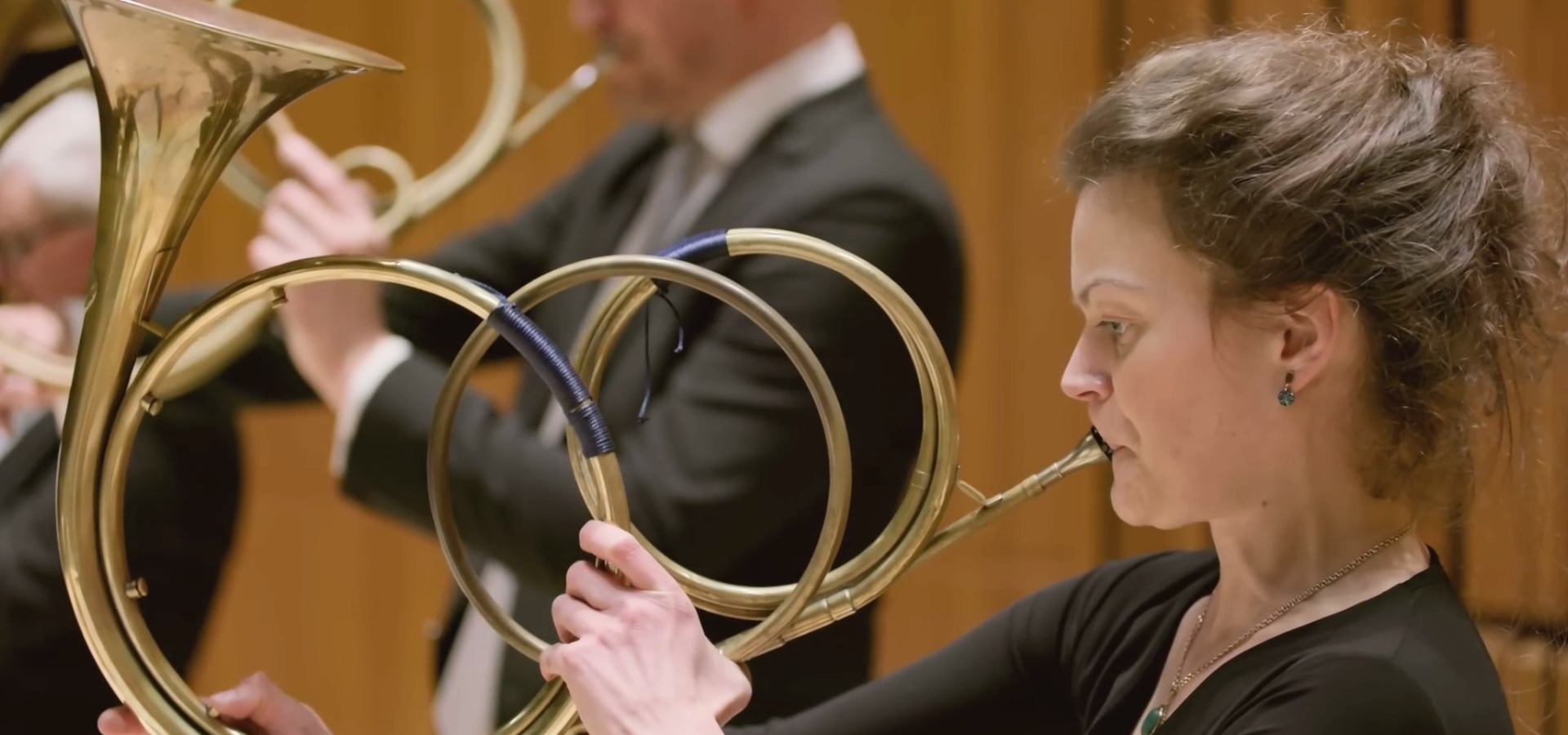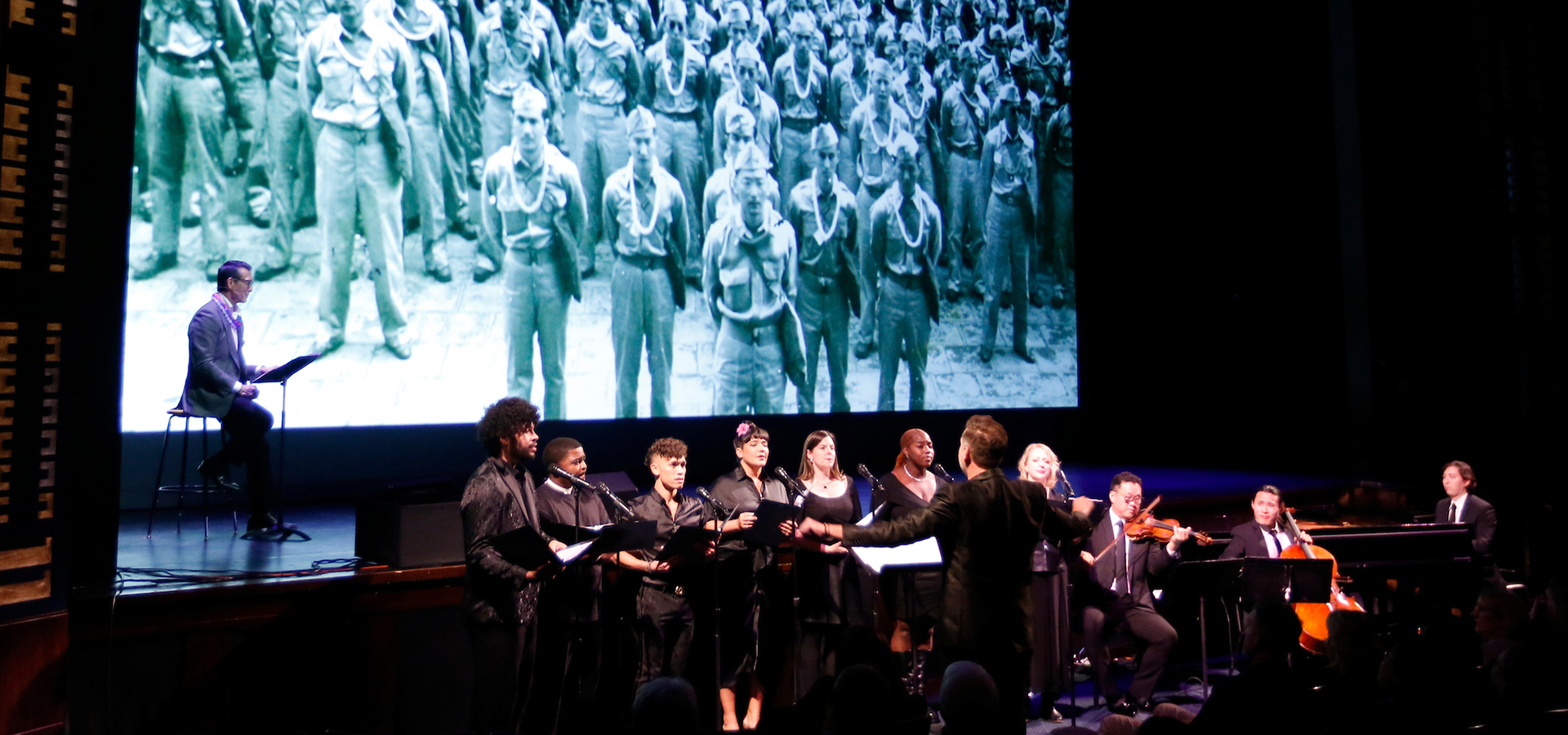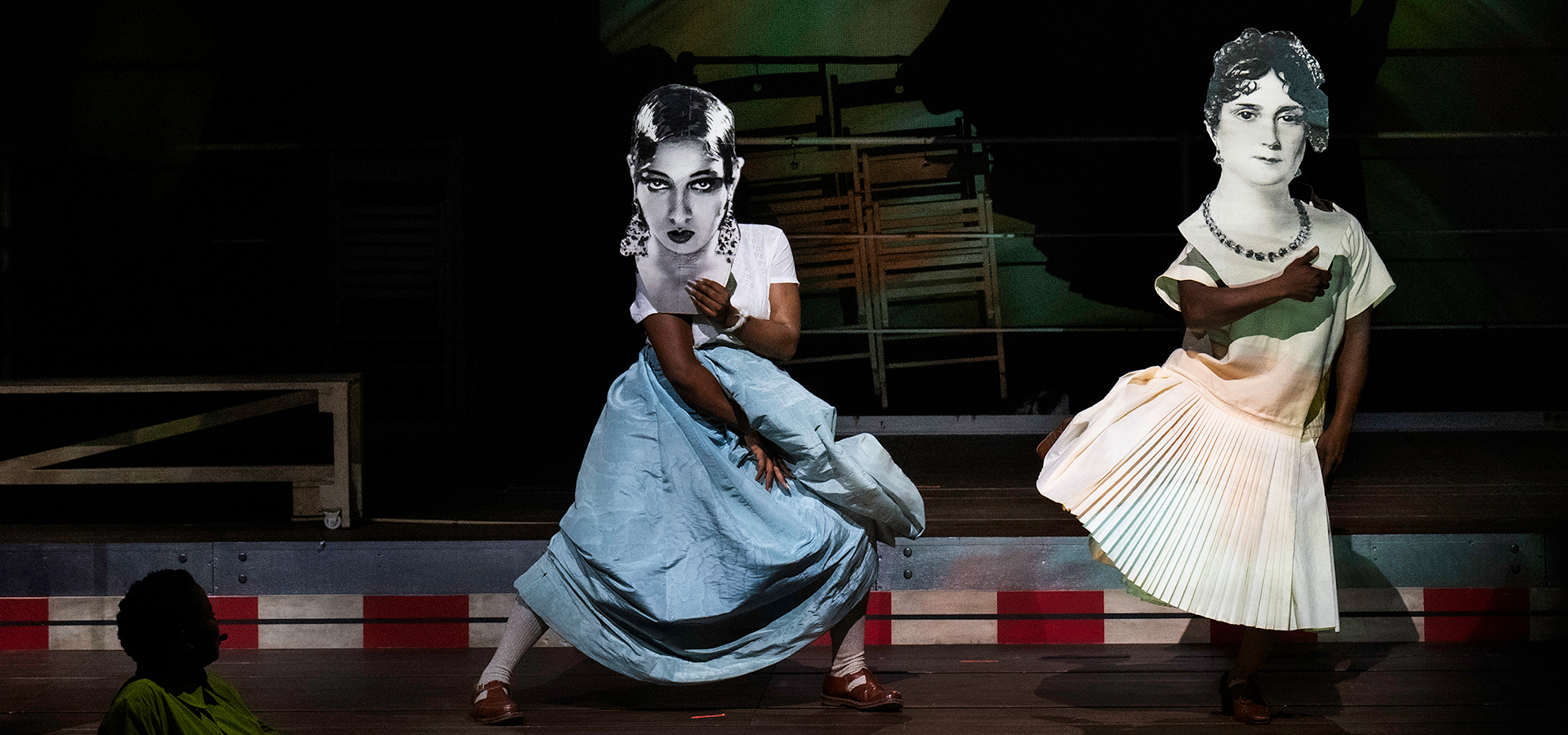
“Fractured History”: Art as Historical Reference
“You want to be transported into that world, which is not the same world as historical accuracy and verification.”
Produced and directed by Mina Girgis, Cal Performances’ Director of Education, Campus and Community Engagement; Directed by Maruf Noyoft; Edited by Mario DeCuir. Full credits below.
In this video, UC Berkeley professors and artists participating in Cal Performances’ presented season explore how we grapple with visual and performing artworks that recount historical events. While artwork is not meant to substitute for history books, it often plays a seminal role in public storytelling and narrative dissemination.
Learn more about Illuminations: “Fractured History.”
This video features David Ono, journalist and filmmaker, Story Boldly (Story Boldly’s Defining Courage comes to Zellerbach Hall April 4, 2025); Beth Piatote, PhD, UC Berkeley Professor of Comparative Literature, Director of the Berkeley Arts Research Center; Debarati Sanyal, PhD, UC Berkeley Professor of French, Director of the Berkeley Center for Interdisciplinary Critical Inquiry; Harry Bicket, harpsichordist and conductor of the English Concert (Handel’s Giulio Cesare in Egitto comes to Zellerbach Hall April 27, 2025); Marié Abe, PhD, UC Berkeley Professor of Music; and William Kentridge, stage director, draughtsman, performer and filmmaker (William Kentridge’s The Great Yes, The Great No comes to Zellerbach Hall March 14–16, 2025).
Transcript
David Ono:
There’s nothing better than seeing people moved. There’s nothing better than hearing from somebody, “I never knew that story. I need to look into that story further. I want to learn more.”
Beth Piatote:
The artist may capture what it really is to live with history, to live with the unwieldiness of history.
Debarati Sanyal:
You want to be transported into that world, which is not the same world as historical accuracy and verification.
Harry Bicket:
A lot of these pieces are based on historical fact, but they’re not there to teach a history lesson.
Marié Abe:
Creativity can then lead to critical thinking or questioning of whose voices have been erased, whose voices have been louder.
William Kentridge:
(Referencing William Kentridge’s The Great Yes, The Great No) He calls up the philosopher and psychoanalyst, Frantz Fanon, the Nardal sisters, even calls up Josephine Bonaparte, Napoleon’s wife who came from this tiny island of Martinique. We have a duet of Josephine Bonaparte and Josephine Baker, another transatlantic voyager.
Beth Piatote:
The historian is bound to chronological time. So an event that happened here, then its refractions may be felt over here. In a historical narrative, they may be separated.
Debarati Sanyal:
There is a way in which history is story also. Works of art that retell history, how do we approach that? It depends on what the work does. Is it really disinforming or is it by pulling different histories together, for example, provoking an illumination?
Beth Piatote:
If you’re a musician or an artist of another kind, you can put those events in intense juxtaposition. I think it’s much more difficult for the historian in a conventional historical narrative to be able to show the intensity of the past popping up into the present. Historians and artists share an ethic of making history bearable. What we see in art is it helps us pick up those historical pains.
David Ono:
(Referencing Story Boldly’s Defining Courage) I think the Nisei soldier story connects to all the other stories of color in America. They don’t sit on an island on their own. The story is so dynamic and it’s so moving, and it’s almost so unbelievable that it carries itself. That’s what I love about it. There’s no fiction here. Everything is accurate. Everything happened. All these people you hear about were real people, and there’s not one stitch of anything that is made up. It’s all fact. It all happened.
Harry Bicket:
(Referencing Handel’s Giulio Cesare in Egitto) The story that you’ll hear is more of a mixture between a romance, and a comedy, and a tragedy. The basis of the story is true, but the actual opera is more about the human elements of the story rather than the historic elements of the story.
Marié Abe:
If we go in with no knowledge, no curiosity, no questioning, and go in with the assumption that what you see on stage is the history with the capital H, then yeah, that could be a problem.
Debarati Sanyal:
Fictionality is part of art. That’s actually what makes histories so much more vivid when they’re actually being represented through art.
Beth Piatote:
Arts give us a way of bringing into our bodies and carrying forward history.



